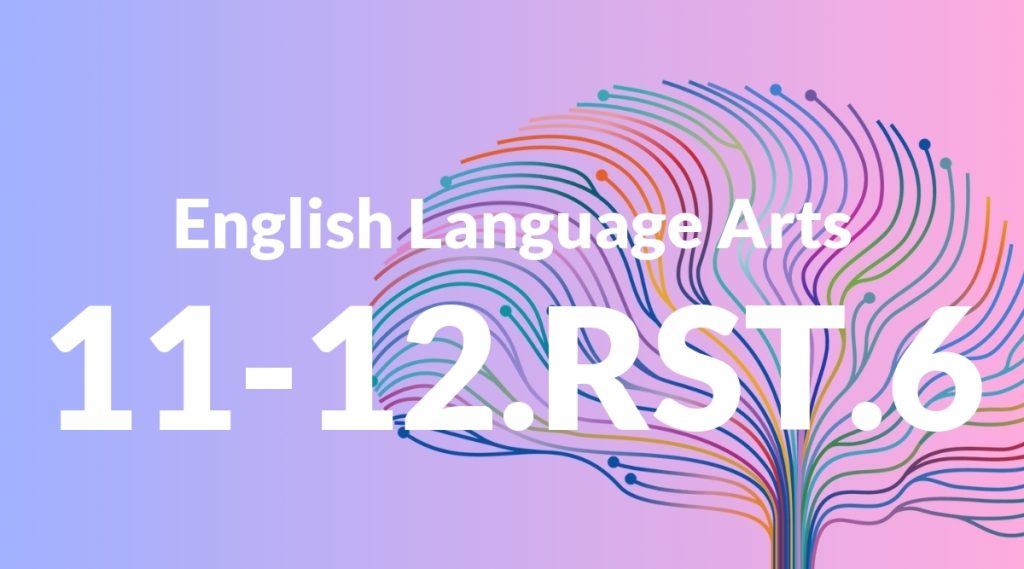Standard: 11-12.RST.6 – Analyze the author’s purpose in providing an explanation, describing a procedure, or discussing an experiment in a text, identifying important issues that remain unresolved.
Grade level: Grade 11-12
Subject: English Language Arts
Domain: Science & Technical Subjects
Teacher Overview
This standard focuses on analyzing the author’s purpose in scientific and technical texts, specifically in explaining, describing procedures, or discussing experiments. Understanding the author’s intent and identifying unresolved issues are crucial skills for students, as they prepare for higher education and careers in scientific fields. Students should be comfortable with basic analytical reading skills, familiar with scientific methodologies, and experienced in identifying main ideas and supporting details in texts.
After mastering this standard, students will be able to critically evaluate scientific literature, understand the significance of unresolved issues, and apply these skills in higher education and professional settings.
Common Misconception 1
A common misconception is that all parts of a scientific text are equally important. This is incorrect because scientific texts often contain both essential information and supplementary details. Understanding this distinction helps in focusing on the most critical aspects of the text.
Intervention 1
One effective intervention is to use structured analysis exercises where students practice distinguishing between key components and supplementary information in various scientific texts.
Common Misconception 2
Another misconception is that unresolved issues in a text indicate poor research. This is not true; unresolved issues often highlight areas for further research and are a natural part of the scientific process.
Intervention 2
To address this, explain that unresolved issues can indicate the boundaries of current knowledge and suggest directions for future research. Use examples from actual scientific literature to illustrate this point.
Prerequisite Knowledge
Students should have a foundational understanding of basic analytical reading skills, familiarity with scientific methodologies, and experience with identifying main ideas and supporting details in texts.
Subsequent Knowledge
Students will develop advanced critical thinking skills, the ability to critique scientific literature, and an enhanced understanding of the interplay between scientific research and its presentation.
Instructional Activities
- Group discussions analyzing different scientific texts
- Writing assignments critiquing the author’s purpose
- Role-playing exercises simulating scientific debates
- Creating presentations on unresolved issues in scientific studies
- Conducting peer reviews of scientific reports




